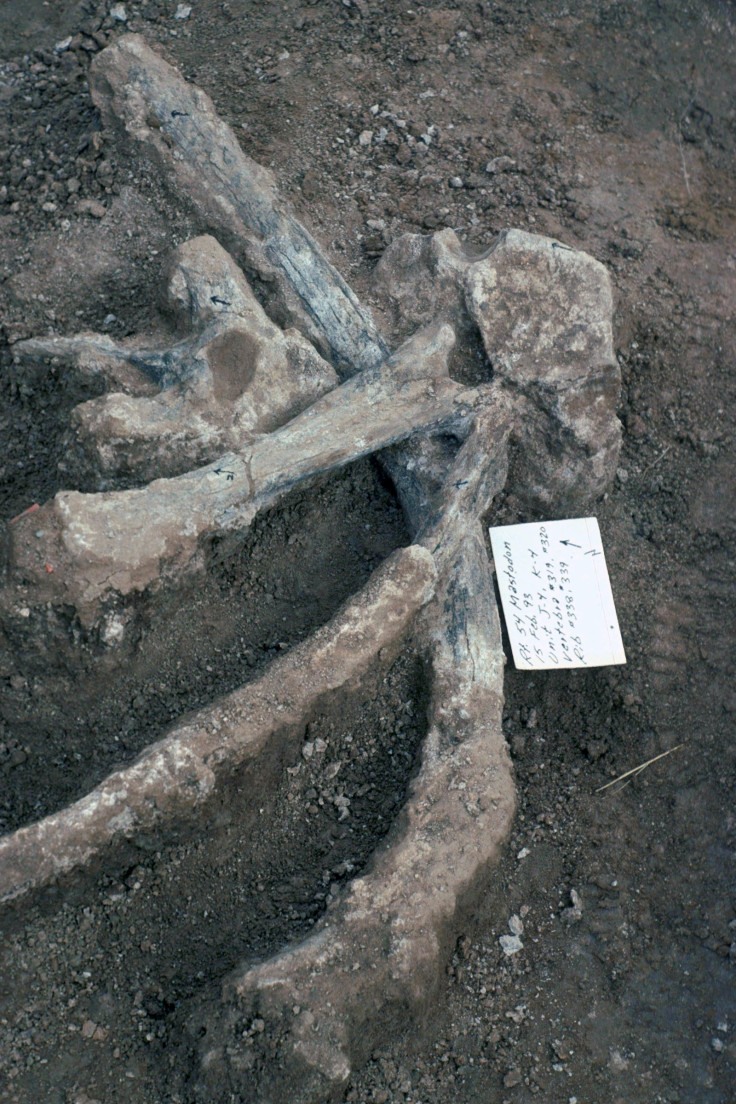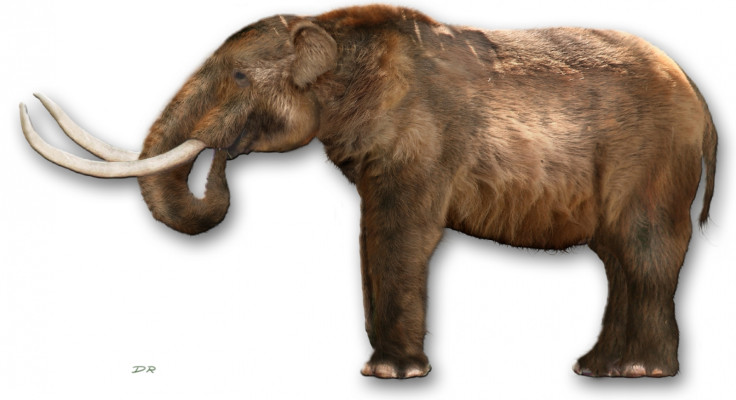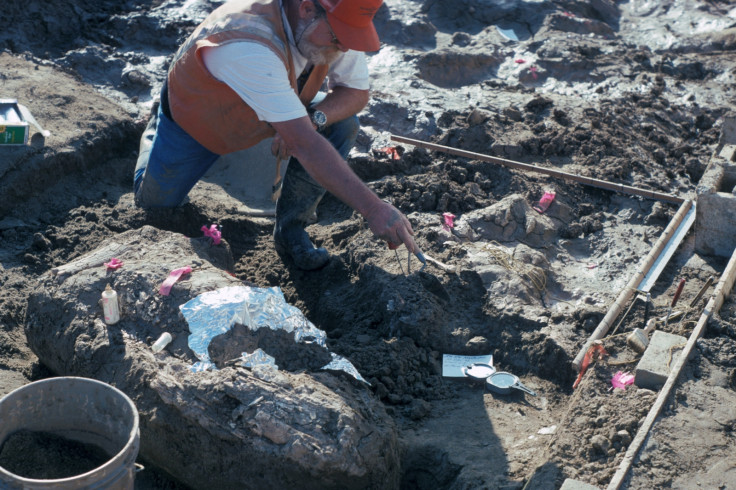In depth: The most controversial find in American archaeology of recent times
Were there Homo sapiens in the Americas 115,000 years earlier than we thought?
The discovery of the Cerutti Mastodon near San Diego, California has shocked the archaeological world. It could revolutionise what we know about human history in North America. So can the discovery of one creature really overturn what we know about the arrival of the first people in the Americas?
The find is a partial skeleton of a mastodon, an extinct elephant-like large mammal. It was found on an ancient flood plain of a river. We don't really know how the animal died, whether it was hunted or whether it died of natural causes.
The authors of the subsequent paper about it seem to suggest that ancient people found the body and so broke up what may already have been a partially rotted carcass, concentrating only on the larger bones to get at the marrow. This they did using large cobbles of stone that they brought with them to the site, because, as the authors argue, the gently flowing river would not have the power to transport and deposit cobbles and boulders of that size naturally.
They laid large limb bones on to stone anvils and struck the bones with hammer stones. In so doing, they created distinctive fractures on the bones and characteristic damage patterns on the hammer stones which fractured with the force of impact.
What is absolutely stunning about this find is its age. It is 130,000 years old – maybe 115,000 years older than the general run of accepted dates for the earliest occupation of the Americas. That makes the Cerutti Mastodon a very controversial find in what is already a very controversial subject. People argue about differences of centuries and millennia in this subject, but here we are dealing with a whole glacial-interglacial cycle earlier than would be previously expected.
To begin with, most people have accepted that the first people into the Americas came across the Bering Strait during the last glaciation, which began about 116,000 or 117,000 years ago and finished perhaps 10,000 or 11,000 years ago.

The Bering Strait would have been a land bridge at this time because much of the world's ocean water was locked up in ice sheets. There are many debates about just how and when people migrated across the dry land area, but the very existence of the Bering Land Bridge, also known as Beringia, supports the idea of a crossing from eastern Siberia into western Alaska.
But this find changes all that. Going back 130,000 years takes us to the start of the last interglacial, the warm period preceding the glaciation that exposed Beringia. Sea levels would have been higher than today, perhaps by as much as six to 10 metres. The straits would have been wider than the 80-odd kilometres that separate Alaska and Siberia today.
This raises the first archaeological question, how did these early hominins get across? Did they have rafts? Boats? Sea crossings this early are always going to be contentious topics.

The next question is: Who were they? Traditional theories about a crossing over Beringia toward the end of the last glaciation assume it was made by modern peoples. A recent genetic study suggested the oldest that could be was about 23,000 years ago, and probably more recent than that. These were the ancestors of today's American First Nation peoples.
Certainly there were modern humans in the world at that time – we have proof of them between 80,000 and 120,000 years ago in China, based on teeth found in a cave. So it is not impossible the Cerutti immigrants were early Homo sapiens.
There were also Neanderthals in Siberia 50,000 years ago and earlier, as well as an enigmatic form of human called the Denisovans, who perhaps looked like us but had a very different genome. Both species may have a longer pedigree in Siberia, but we just don't know.
Nor do we know how much further east these hominins reached. It does seem like a small amount of Denisovan DNA is present in some indigenous Alaskan peoples, but this is probably from a separate migration event long after the first people had arrived. Until a skeleton is found of this age in the Americas, it is all just speculation.

Of course, ultimately it all depends on whether or not the Cerutti Mastodon is a real archaeological site. Are those damage patterns on the bones caused by early migrants, or were they possibly made by something else in that landscape? Is the fracture on the anvils and hammer stones really a result of percussion to break open bones? Can the rearrangement of big bones on the ground, and the very presence of the boulders and cobbles themselves on that flood plain, be the result of some other natural mechanism, and not human interaction? These are questions that need to be rigorously investigated.
With a big find like this and a big controversial conclusion, it is necessary for your evidence to be as robust as possible. The authors have set a really intriguing puzzle for science to explore, and that's what needs to come next – a lot more investigation.
John McNabb is a palaeolithic archaeologist at the University of Southampton

© Copyright IBTimes 2025. All rights reserved.





















